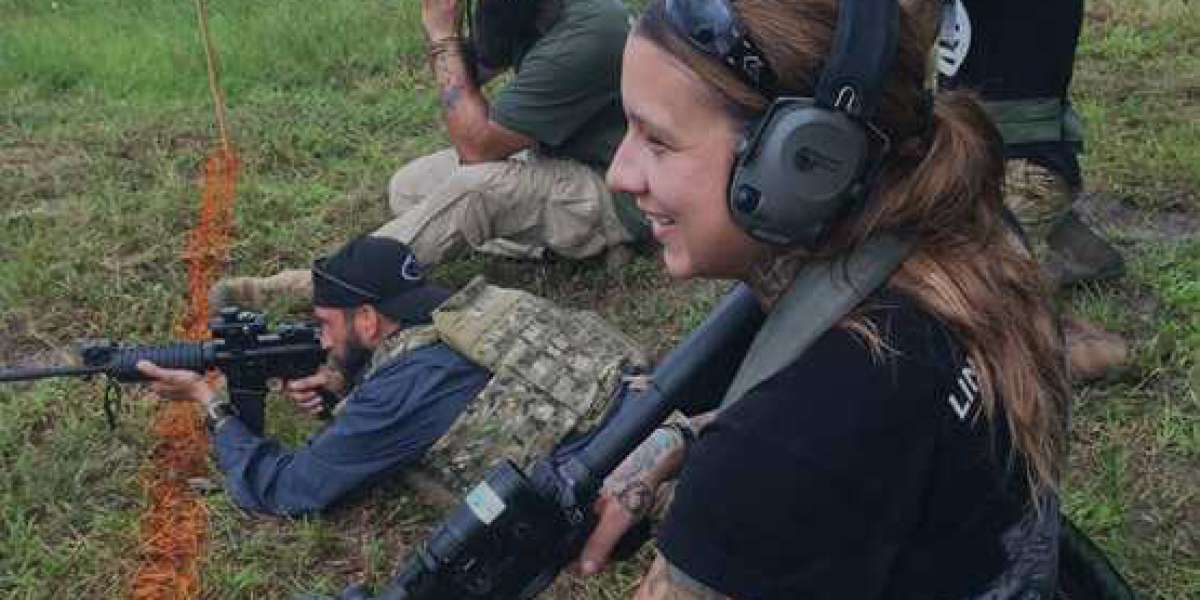This article was originally published on whizolosophy.comOriginal content source.
In today's world, keeping church members safe has become a big concern for churches everywhere. There are more and more incidents of violence and other bad things happening in places of worship all around the world. Churches need to be ready for lots of different dangers, like people who want to cause harm or natural disasters like earthquakes or bad weather. That's why church security training is so important. These training courses are carefully planned programs that teach volunteers and staff how to handle emergencies and keep everyone safe. They learn what to do if something bad happens and how to stop it from getting worse. Let's delve deeper into what exactly church security training covers and why it's essential for today's churches.
Comprehensive Threat Assessment
Church security training starts with figuring out what dangers the church might face. This means looking at where the church is, who comes there, and what has happened there before. The security team uses this information to come up with plans to keep the church safe. They think about what's special about their church and what kind of problems they might run into. This way, they're ready for problems before they happen, which helps keep everyone safe.
Emergency Response Planning
Another important part of church security teamtraining is making plans for how to handle emergencies. These plans cover what to do if there's a shooter, someone gets hurt, there's a fire, or a natural disaster happens. Training teaches the church's staff and volunteers how to act quickly and work together during these times. They practice these plans often so everyone knows what to do. This practice also shows if there are any parts of the plan that need to be better.
Physical Security Measures
Putting in place security features is also key. This includes things like cameras, locks, and systems to control who can get in. Making the church building more secure can stop dangers from coming in and make the place safer for everyone. The security team checks these features regularly to make sure they work right and changes them as needed. They also teach the church's staff and volunteers how to use these features in a way that keeps the church welcoming.
Crisis Communication Strategies
Being able to talk clearly during an emergency is really important. Church security training teaches how to communicate with people who go to the church, emergency teams, and everyone else during a crisis. This includes setting up ways to get messages out, creating systems to let people know what's happening, and giving advice on what to say. Speaking clearly and calmly can stop people from panicking and spreading wrong information. This training also helps church leaders talk about the news in a way that shares correct and useful information.
At Last
Church security training covers a wide range of topics to prepare volunteers and staff for various threats and emergencies. From conducting threat assessments to implementing physical security measures and crisis communication strategies, church security training courses play a vital role in safeguarding congregants. With the right training and preparation, churches can effectively mitigate risks and ensure the safety of all who enter their doors. For comprehensive church security training, consider partnering with Bearcotraining.com.








